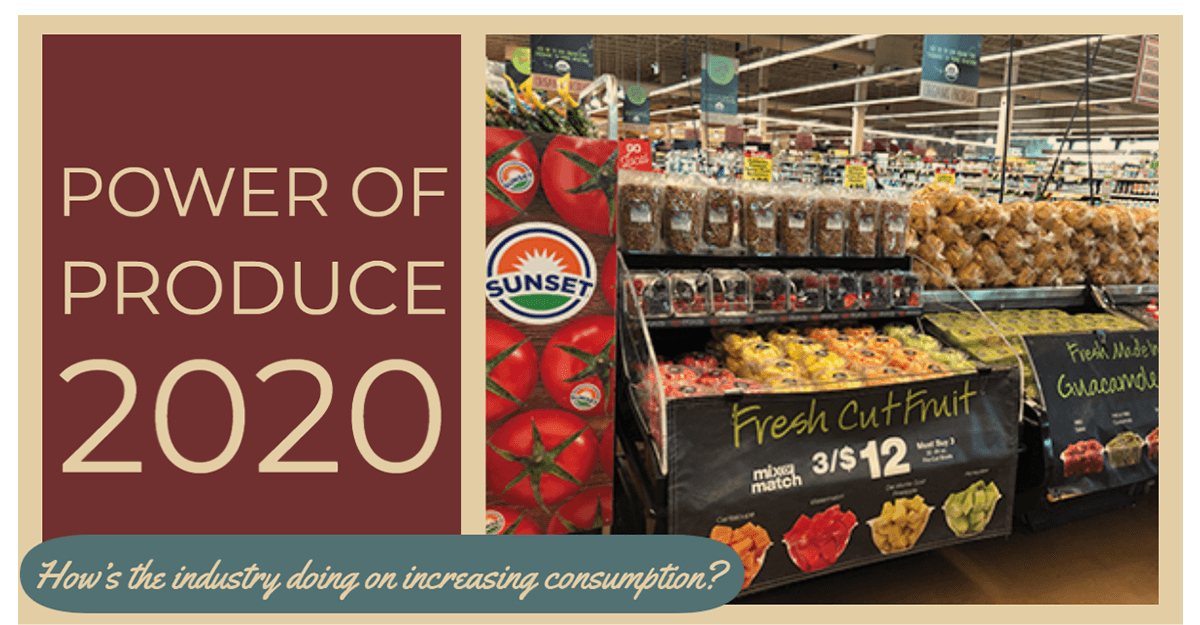The percentage of U.S. consumers who eat fruits and vegetables daily has dropped noticeably in recent years, according to the new Power of Produce report.
In 2018, 48% reported eating fruits and/or vegetables just about every day. In 2019, the number dropped to 41%. In the most recent report, the number is 35%.
“The decline in self-reported consumption frequency is corroborated with volume pressure for the fresh produce industry since 2018,” the Food Industry Association (FMI) wrote in the report, which debuted at the Southeast Produce Council’s Southern Exposure. “At the same time, the frozen foods department reversed its performance and seemingly picked up some of the produce volume lost for the fresh side.”
This change is not ideal for retailers because “trip frequency is highly related to fresh produce consumption,” FMI wrote. “Now more than ever, growth in produce sales is not about finding more buyers, but about finding ways to encourage current buyers to purchase (and eat) fresh produce more often.”
People more likely to consume fruits and vegetables just about every day include specialty and organic store shoppers (62%); club store shoppers (60%); younger boomers (48%); affluent shoppers (48%); people who make three or more grocery trips a week (46%); and people who buy produce online (45%).
On the other side of the spectrum, groups that are more likely to consume fruits and vegetables three days a week or fewer include Gen Z shoppers (54%); people who shop once a week or less (51%); lower-income shoppers (48%); and shoppers in rural areas (47%).
Almost everyone, however, reports they want to try to eat more fresh produce. Fifty-nine percent say they are trying to get more produce into their snacking, while 50% report trying to eat more with dinner.
“While intentions are good, traditional channels do not appear to be benefiting from increased produce purchases when observing recent year sales data,” FMI wrote in the report. “Given the channel proliferation of fresh produce, it is likely that at least some dollars are moving to alternative channels as well as to frozen produce. Aligning product development, marketing and merchandising to provide inspiration and time-saving solutions across meal occasions can help drive incremental sales for fresh produce in traditional channels as well.”
People making three trips or more per week were much more likely to report trying to increase their produce consumption across meal occasions, as were shoppers who buy organic produce.
Snacking in particular is viewed as a key opportunity for the industry.
“The intentions for more produce snacking are there, and being a helping hand by providing easy solutions and reminders will help shoppers execute their intentions,” FMI wrote in the report. “Consider secondary placements in areas like the checkout or the snack aisle, a snack-specific section in the produce department, cross-merchandising, etc. In product development, solutions for eating on the go are important, as well as kid-friendly solutions focused on flavor, size and packaging.”
Related
Power of Produce session explores impulse buying, buying power and more

